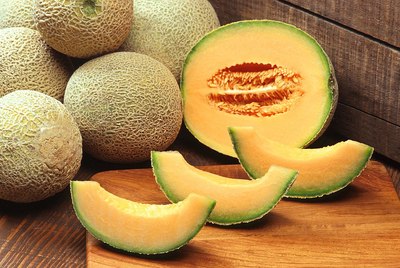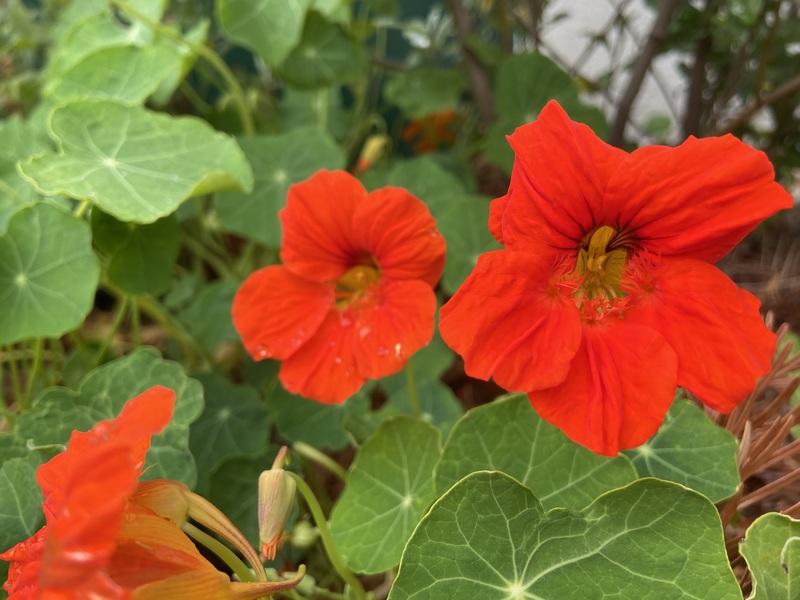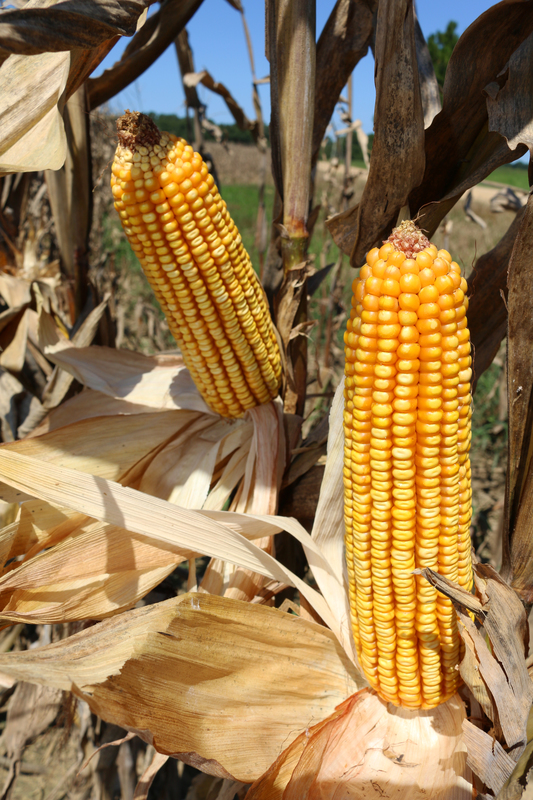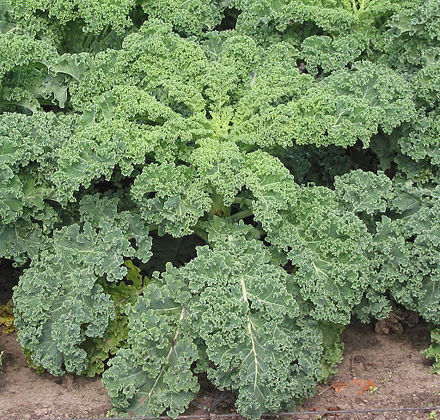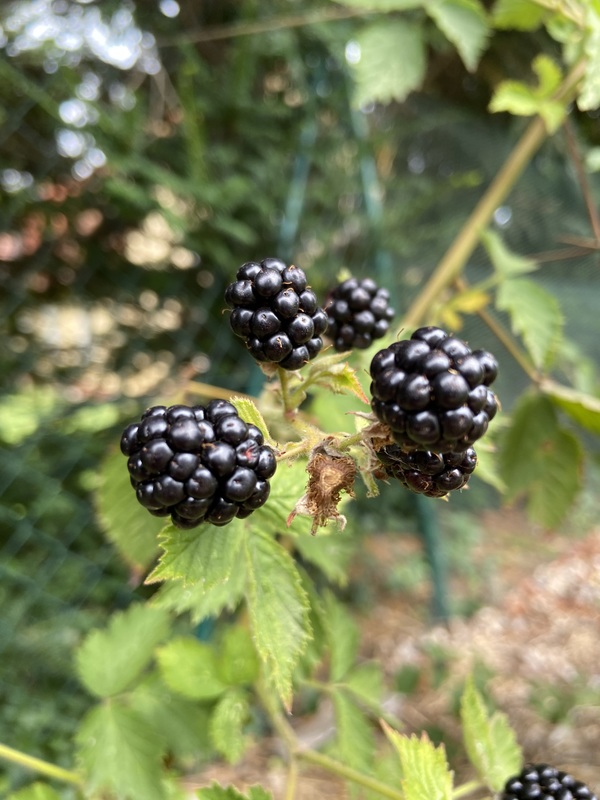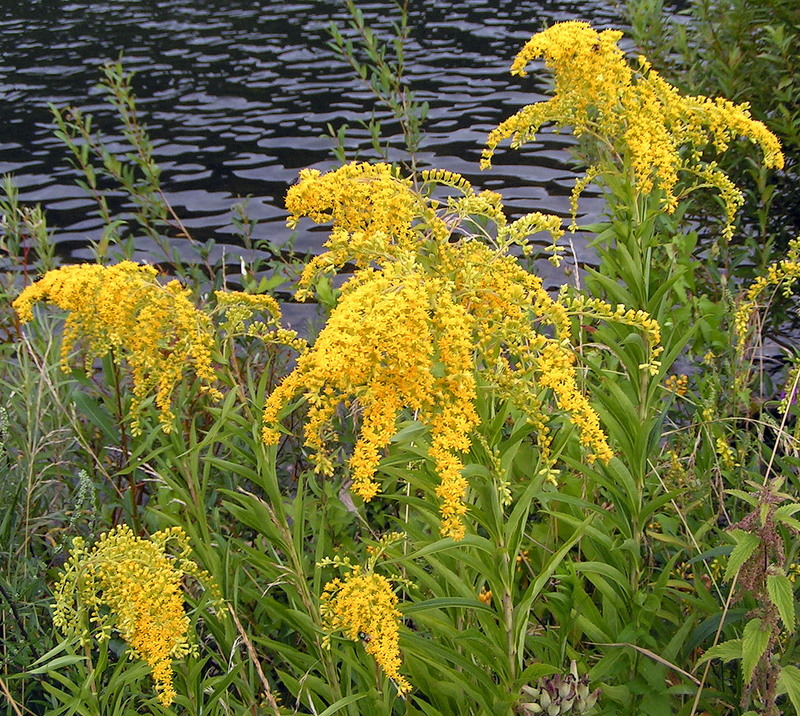Description
The Cantaloupe Melon, also known as Cucumis melo cantalupensis, is a type of melon that is native to India and the surrounding region. It is a summer fruit that is typically round or oblong in shape, with a rough, bumpy outer skin that is typically green or beige in color. The flesh of the cantaloupe is typically orange or salmon-colored, and is juicy and sweet in flavor. The plant itself has a trailing or creeping habit, with deeply lobed leaves and tendrils that are used to climb. The plant can grow to be quite large, with some varieties reaching up to 10 feet in length.
In terms of appearance, the cantaloupe has large, lobed leaves that are a dark green color, and stems that are covered in tendrils. The flowers of the cantaloupe are typically yellow or white, and are either male or female. The male flowers grow on the main stem of the plant, while the female flowers grow on smaller lateral stems. The fruit of the cantaloupe is typically round or oblong in shape, with a rough, bumpy outer skin that is typically green or beige in color. The flesh of the cantaloupe is typically orange or salmon-colored, and is juicy and sweet in flavor.
In terms of cultivation, the cantaloupe is a heat-loving plant that prefers well-draining soil and plenty of sunlight. It is typically grown in rows, with the plants spaced about 2-3 feet apart. The plants should be watered regularly, but care should be taken not to overwater, as this can lead to root rot. The cantaloupe is generally considered to be winter hardy, but in cold climates it may need to be grown in a greenhouse or other protected environment.
The cantaloupe is generally considered to be edible, with the flesh of the fruit being the most commonly eaten part. The flesh of the cantaloupe can be eaten fresh, or it can be used in salads, smoothies, or other dishes. The seeds of the cantaloupe can also be eaten, either fresh or dried and roasted. The cantaloupe can be stored in a cool, dry place for several days, or it can be refrigerated to extend its shelf life.
In terms of uses, the cantaloupe has a number of different applications. The fruit of the cantaloupe is commonly eaten fresh, and is also used in a variety of dishes and recipes. The seeds of the cantaloupe can be roasted and eaten as a snack, or used as a garnish for salads and other dishes. The leaves and stems of the cantaloupe plant can also be used as a natural fertilizer, as they contain high levels of nitrogen. Additionally, the vines of the cantaloupe can be used as a natural mulch, helping to retain moisture in the soil and suppress weeds.
In terms of its value for wildlife, the cantaloupe can provide food for a variety of animals, including birds, rodents, and insects. The flowers of the cantaloupe are a popular food source for bees and other pollinators, and the fruit of the cantaloupe is a favorite of many animals. Additionally, the leaves and stems of the cantaloupe plant can provide shelter and habitat for a variety of animals.
Propagation - Direct sowing
Direct so after danger of frost has passed and soil has warmed. Plant in hills spaced 16cm apart.
Propagation - Transplant
Start seeds indoors 2-3 weeks before last frost.
Links
